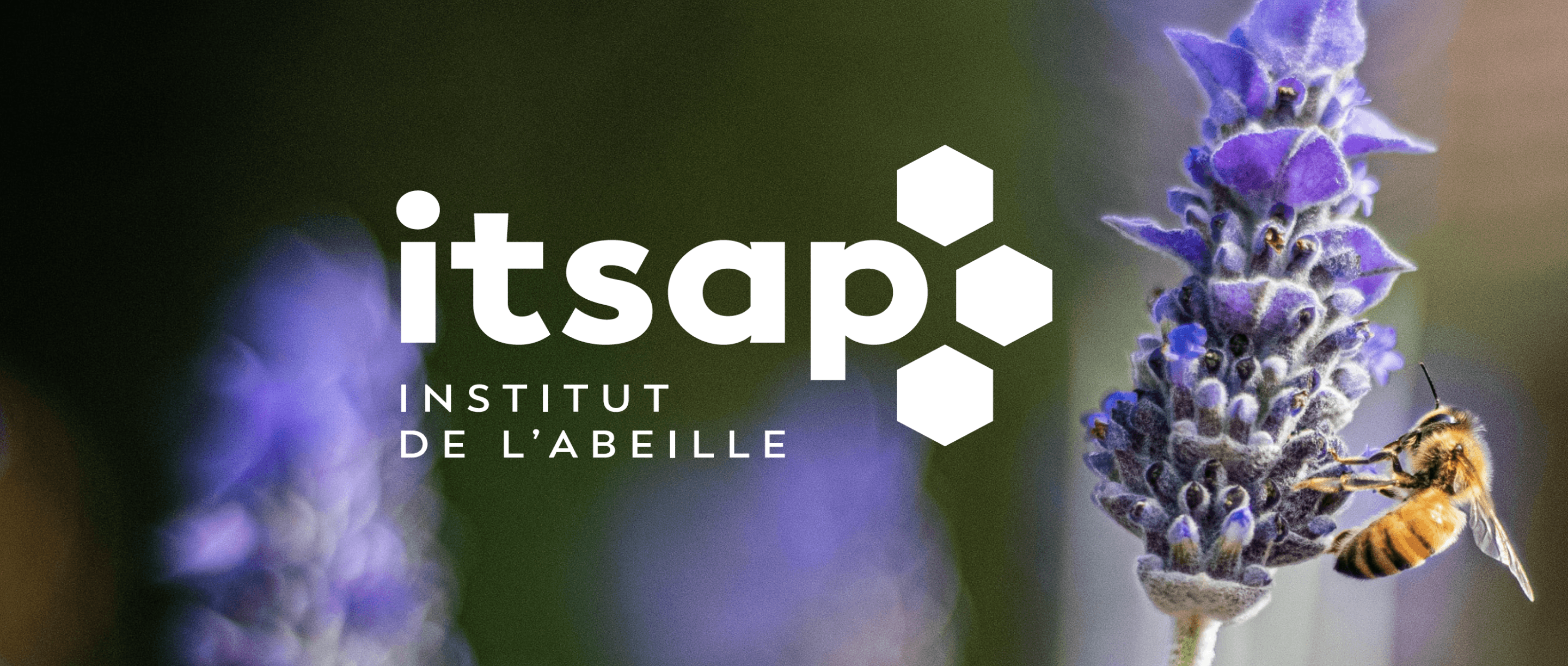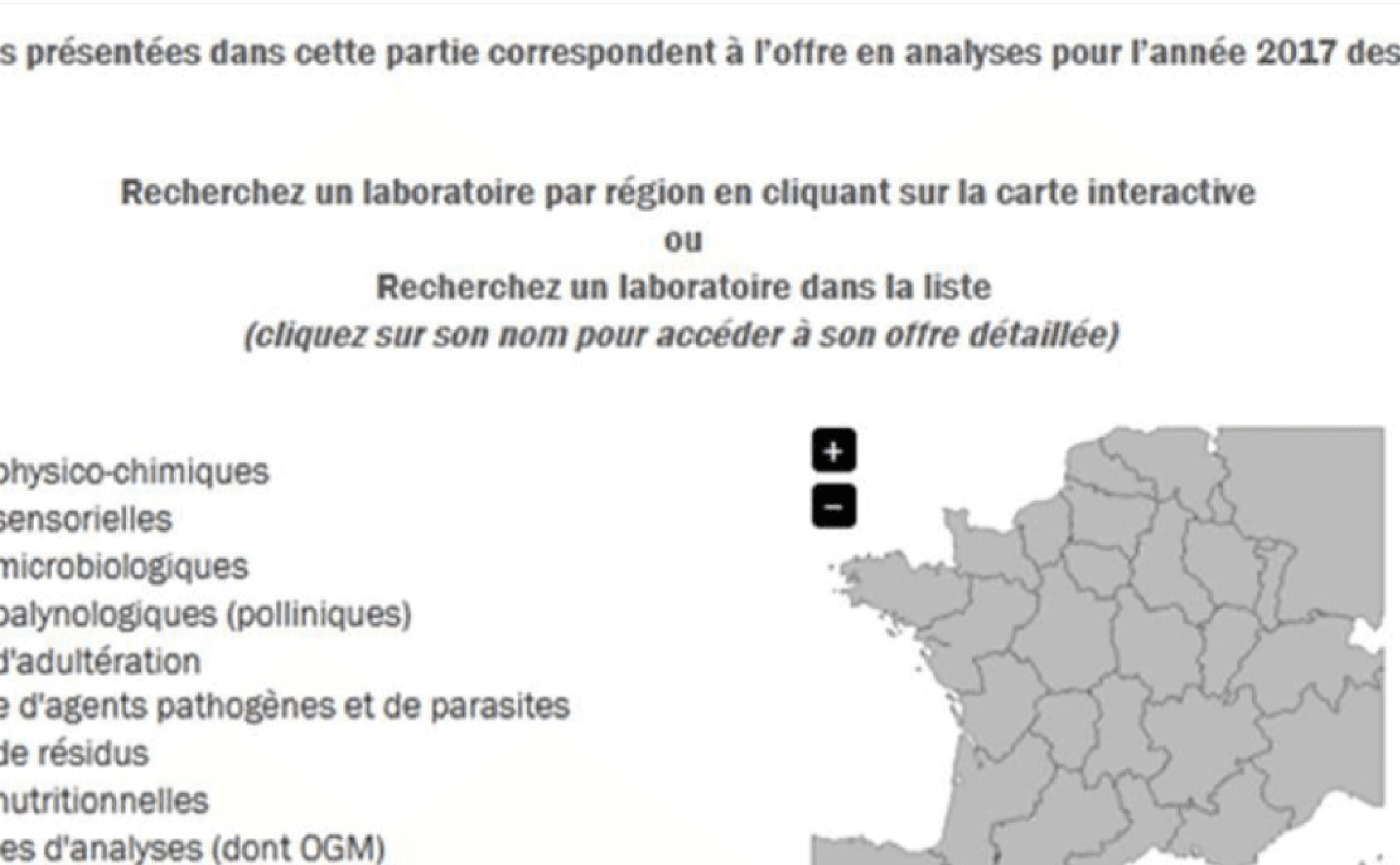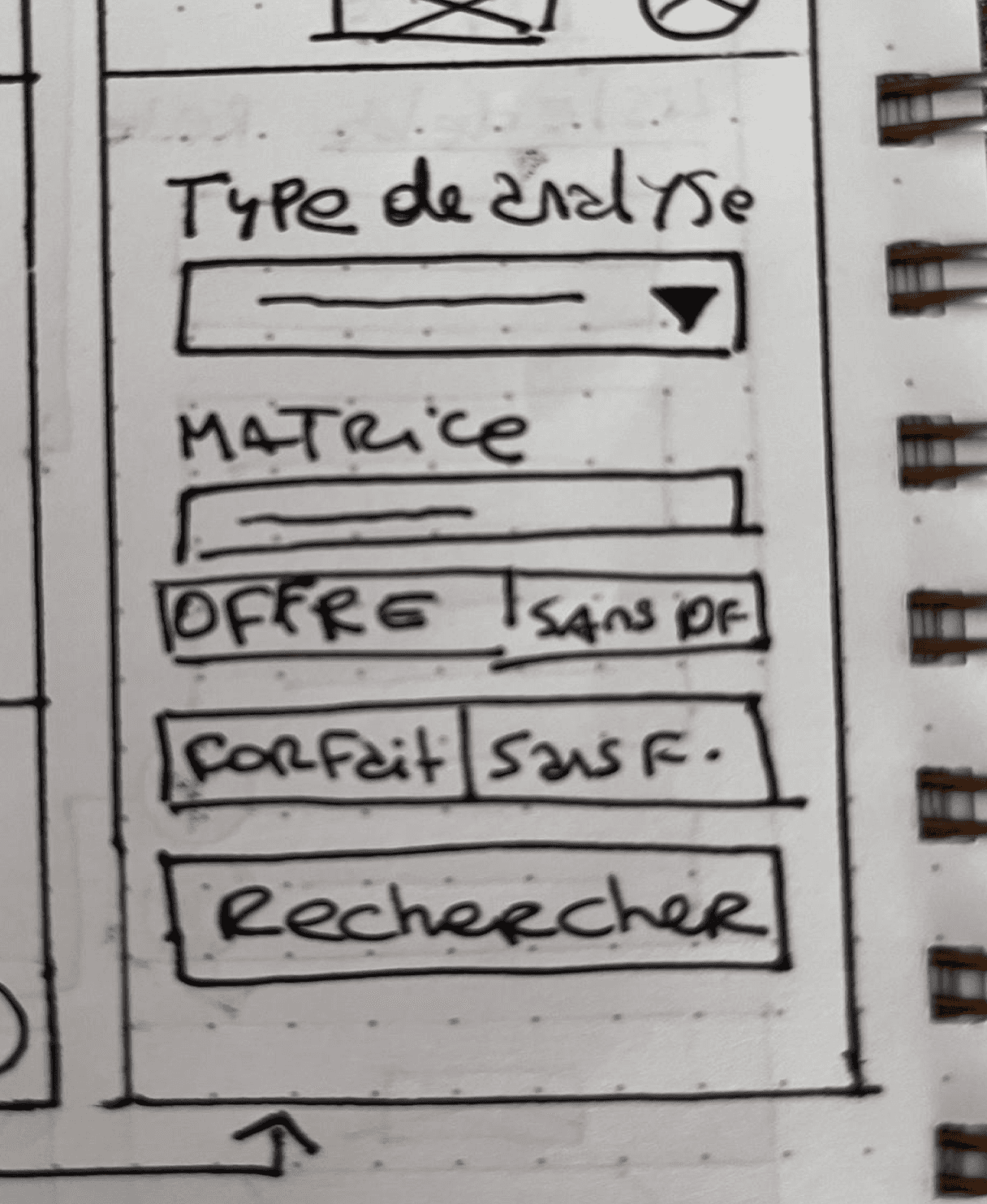

ITSAP is the National Apiculture Institute of France.
Several years ago, they developed a web portal where they published all the material that might be useful for apiarists, researchers, and entrepreneurs dedicated to the world of bees. For many years, this website has served as a consultation portal for these users. For this reasons the technical team and the research team of ITSAP, began creating various tools useful for these users. Among them are L’Annuaire and Diatoxbee. Both the ITSAP website and these tools were redesigned by me in terms of experience and interaction. I also collaborated with the parisian design agency Pulp, who handled the rebranding and visual experience of the website and these tools.
The idea of having a directory of laboratories within France and neighboring countries arose because the institute has a large database of laboratories that conduct analyses related to beekeeping. Often, scientific research requires these analyses, as do apiarist who must perform mandatory analyses, for example, to be able to sell the honey they produce. However, I didn’t have access to any of the metrics in order to know how useful was, because by that moment , they didn’t track anything, they simply observed the database's growth over the years, with an increasing number conversions, in other words, labs registering on the directory and adding their profiles to the database. Given this trend, I realized that audience are indeed consulting the directory.
So, there is a need:
Users needs to localize the labs nearby.
Another need:
If users don’t know the name of the analysis, they couldn't search labs using other metadata such as 'topic,' 'problem,' 'location,' etc.
Another thing that I detect was that the way they present the details of the lab wasn't very useful for users. The most important aspect should be the lab's contact information or the possibility to schedule an appointment directly. The aim of this tool is to facilitate contact between parts.
So I change the order, and now the contact is the most important thing in the detail.

Here is a video where I presented the idea to the project manager. Sadly, I don’t speak French very well (not for complex conversations), but she speaks very good Spanish. So, I explained the idea to her in Spanish, but you can turn on the subtitles!
As you can apreciate this is the final design with the Vx made by Pulp agency.
The new version of ITSAP is published, you can see it here:
https://itsap.asso.fr/annuaire-des-laboratoires
I proposed to add hotjar to the new website but they added only google analytics. Sadly I couldn’t get access to that data.













